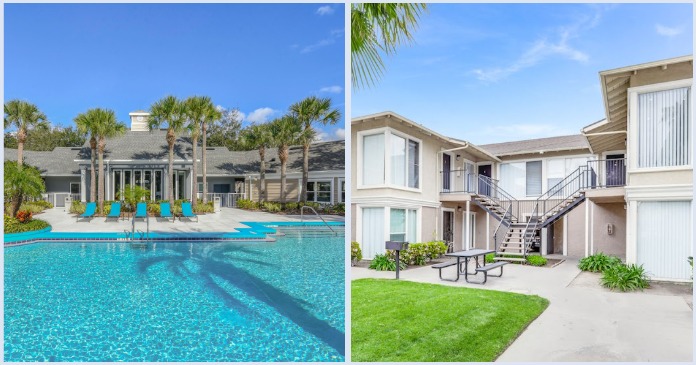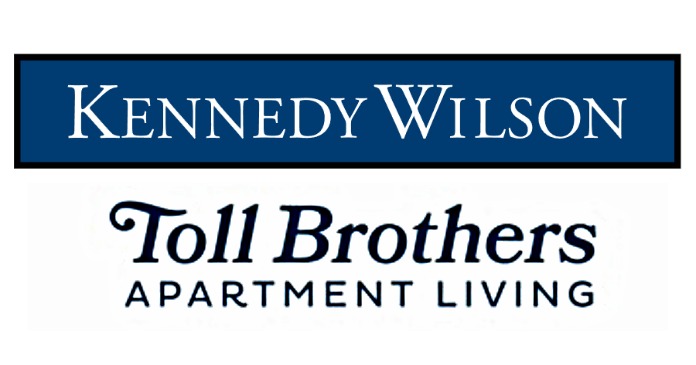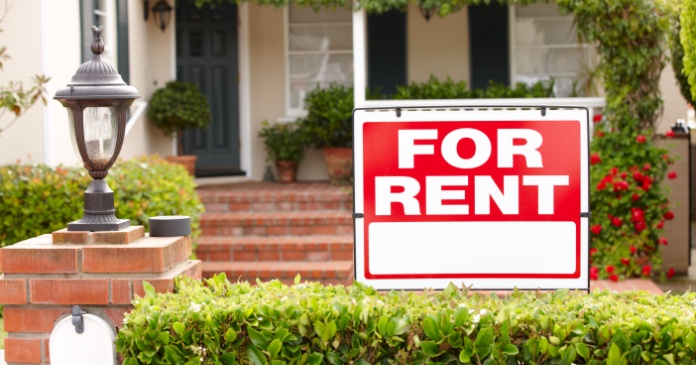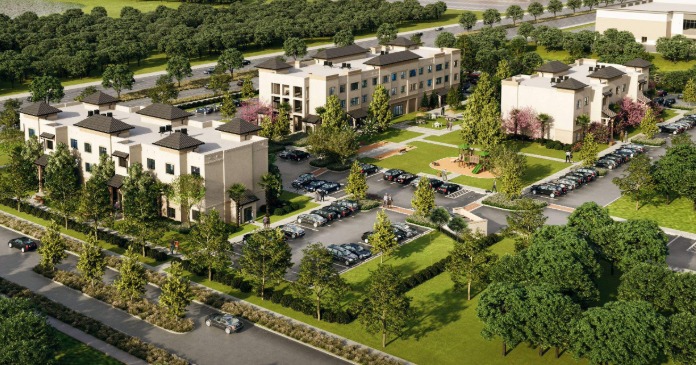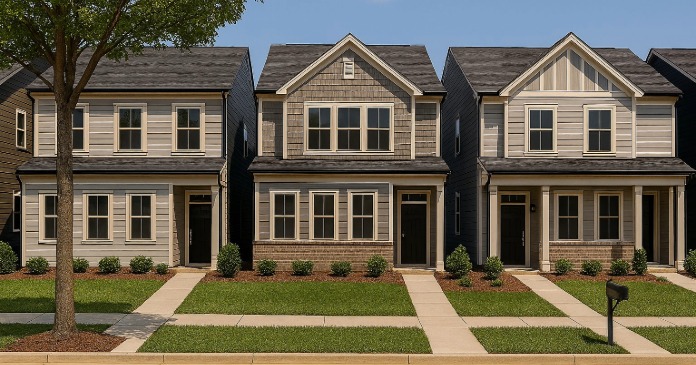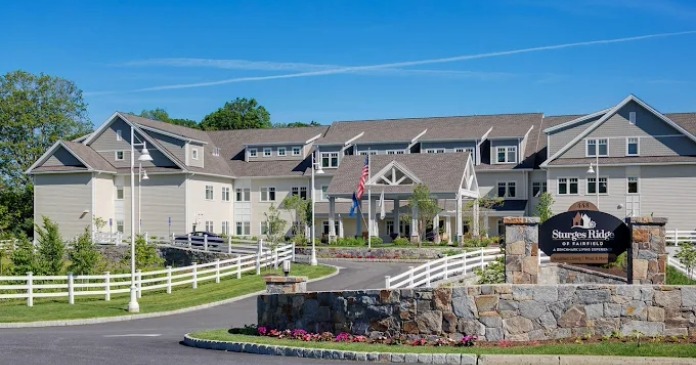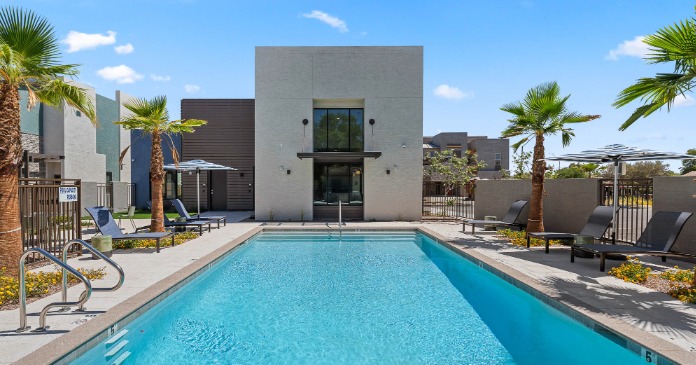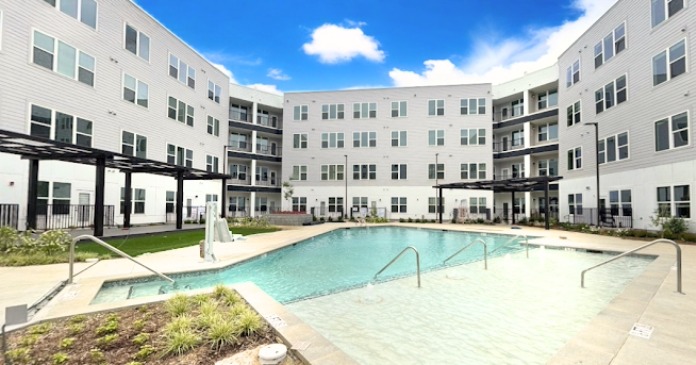The survey revealed a number of misconceptions that exist in the industry about senior residents. The results are valuable because they will identify for industry professionals exactly who these active adults are, what they want in an apartment home, and the tremendous economic impact they are going to have on the housing market.
The survey revealed that nearly 70 percent of active adults are looking for “age-qualified” communities where residents are required to be 55 and older to live there. According to Jeff Smedley, Mature Living Choices national sales and operations manager, “That was surprising because every survey we’ve seen until now showed that the majority of active adults did not want to live in age-qualified communities. The fact is it’s just the opposite. Those active adults who are moving are looking for communities that cater to their specific lifestyle and needs.”
Senior housing builders are looking very closely at the Mature Living survey because of the debate that rages in the industry regarding whether to build age-targeted (simply marketed to mature adults) or age-restricted (must be 55+) communities. Traditionally age-targeted was considered to be the most-sought after by the 55+ crowd. Today, however, that seems to have changed.
According to Smedley, “Today, the most successful products and services targeting people over age 50 are related to lifestyle. This demographic segment grew up with an appreciation for money, made more than any other group and aren’t afraid to spend it. There are about 85 million of them and they are the most educated group in the history of the U.S. Providing housing for this segment is a specialty. They are educated, moneyed consumers and they know what they want.”
The reality is that Baby Boomers aren’t really retiring in the traditional sense. Because of their financial security, more and more of this population segment are leaving their current jobs and moving to relatively inexpensive locales to pursue their passion; but they’re not retiring. These residents want walking trails and other lifestyle amenities. They don’t want to be treated like they’re old, and according to Smedley, “they don’t want to be called seniors.”
Active adults are apparently willing to spend their money on creature comforts. “In Dallas, for example, there are income-restricted, age-qualified apartment communities, but don’t misinterpret that.” Smedley says, “To get into an income-restricted, age-qualified community you must be 55, and in some cases 62. Your income level can’t exceed a certain level, but many personal assets aren’t considered income. An accountant can best delineate which assets count as income, but stock is one exception. If someone has $1M in stock, it’s not considered income. It’s not about wealth, it’s about income. So the new communities are A- and B-quality properties with movie theaters, restaurants, hair salons, golf courses, and more. Inside, the apartment homes are decked out with granite counter tops, oak cabinets, you name it. Developers are starting to look at building age-restricted lifestyle apartment communities because active adults have a lot of money, but they don’t want to invest in a home or take their money out of the home they purchased 30 years ago.”
There’s another misconception that when people turn 55, they turn their affairs over to their kids; everything from shopping to housing decisions. To clear that issue, the survey asked respondents on whose behalf they were looking for a new home: 88% are looking for themselves.
The Mature Living survey is merely tracking a market segment that retailers have long recognized as lucrative. The Boomer market has expanded every age group it’s traveled through. A number of current advertising campaigns clearly target their pocketbooks. The music in the background of Cadillac commercials for the past decade has been Led Zeppelin. Not traditionally considering driving music for Caddy drivers. A recent Gap commercial shows a young man dancing to jazz music, then the camera pans down to his jeans and back up again and the young man has grown into an older gentleman. The Gap slogan is “Jeans for every generation.”
The Mature Living Choices survey revealed another misconception, that active adults take a long time to make decisions. It was an accepted industry precept that mature adults typically visit ed a community many times before deciding to move in, and that the decision-making cycle was one of the longest. Yet, over 66% of the respondents plan to move within a year.
Active adult geography
Until five years ago, the majority of active adult communities were built in the sun belts, South Carolina, Arizona, Florida, and Southern California. That’s no longer the case. Current projects are underway in Chicago, Cleveland, Atlanta, and New Jersey. Today, there are about 100 new age restricted, single-family home communities built every year; ten years ago there might have been 20. Currently there are over 1,200 age-restricted lifestyle communities in the U.S.
Smedley sums it up, “It’s all about lifestyle and adult communities are incredibly luxurious. I see these places and look forward to the day I move in. I remember 30 years ago visiting my great grandmother. It was stark white and scary. Today, that’s all changed. The apartment industry has the opportunity to make tremendous money. If you think about it, who would you rather rent to?” A 60-year-old couple or a 20-year-old couple who throws wild parties?




